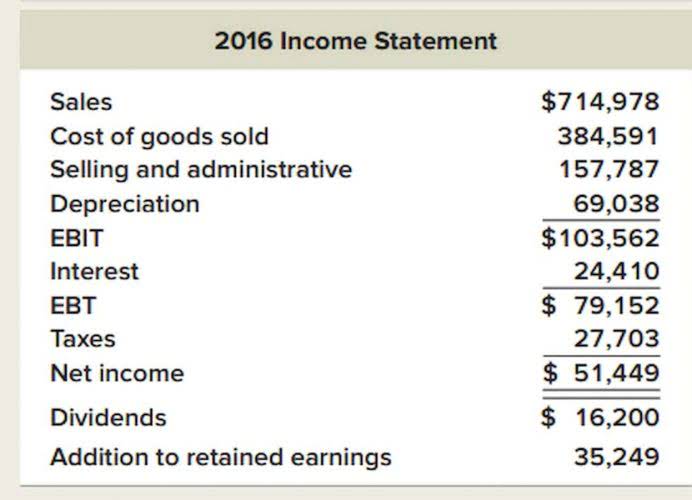
In accounting, companies record and manage liabilities as opposites to assets. Current liabilities and long-term liabilities are the two primary categories of business obligations, Bookkeeping for Consultants each with unique characteristics and implications for financial reporting. A liability can be defined as an obligation or debt owed by an individual, corporation, or government to another entity. In a financial context, it is recorded on the right side of a balance sheet, opposite assets.

Liabilities in Accounting: Understanding Key Concepts and Applications
- Owner’s funds/Capital/Equity – Last among types of liabilities is the amount owed to proprietors as capital, it is also called owner’s equity or equity.
- Familiarity with these concepts can help stakeholders make informed decisions about a company’s financial well-being and future prospects.
- It represents an economic benefit to be received in the future, as opposed to assets, which represent ownership of resources and property.
- Accrued expenses are listed in the current liabilities section of the balance sheet because they represent short-term financial obligations.
- An asset is anything a company owns of financial value, such as revenue (which is recorded under accounts receivable).
- Companies might try to lengthen the terms or the time required to pay off the payables to their suppliers as a way to boost their cash flow in the short term.
Debt assets = liabilities + equity itself is unavoidable, especially if you’re in a growth phase—but you want to ensure that it stays manageable. Our intuitive software automates the busywork with powerful tools and features designed to help you simplify your financial management and make informed business decisions. Bench simplifies your small business accounting by combining intuitive software that automates the busywork with real, professional human support. Below are some of the highlights from the income statement for Apple Inc. (AAPL) for its fiscal year 2024.
- A liability account is sometimes paired with a contra liability account, which contains a debit balance.
- For example, bonds payable involve periodic interest payments and repayment of principal at maturity, while pension obligations reflect commitments to employee retirement benefits.
- Liabilities, in general, refer to obligations or debts owed by a business or individual to another party, usually payable at a future date.
- Companies segregate their liabilities by their time horizon for when they're due.
Free Course: Understanding Financial Statements
Liability accounts are an essential component of a company’s financial statements. These accounts represent the company’s obligations to pay debts or fulfill other commitments to external parties. Understanding liability accounts is crucial for any business owner or accountant to manage their finances effectively. In this article, we will list out examples of liability accounts and discuss the impact they have on business operations.
Debits and credits
Familiarity with these concepts can help stakeholders make informed decisions about a company’s financial well-being and future prospects. Having a better understanding of liabilities in accounting can help you make informed decisions about how to spend money within your company or organization. FreshBooks Software is a valuable tool that can help businesses efficiently manage their financial health. They can be what are liabilities in accounting listed in order of preference under generally accepted accounting principle (GAAP) rules as long as they're categorized. The AT&T example has a relatively high debt level under current liabilities. Other line items like accounts payable (AP) and various future liabilities like payroll taxes will be higher current debt obligations for smaller companies.
Slavery Statement
Accrued expenses, long-term loans, mortgages, and deferred taxes are just a few examples of noncurrent liabilities. Non-current liabilities can also be referred to as long-term liabilities. They’re any debts or obligations that your business has incurred that are due in over a year. Businesses will take on long-term debt to acquire new capital to purchase capital assets or invest in new capital projects. Basically, these are any debts or obligations you have that need to get paid within a year.
